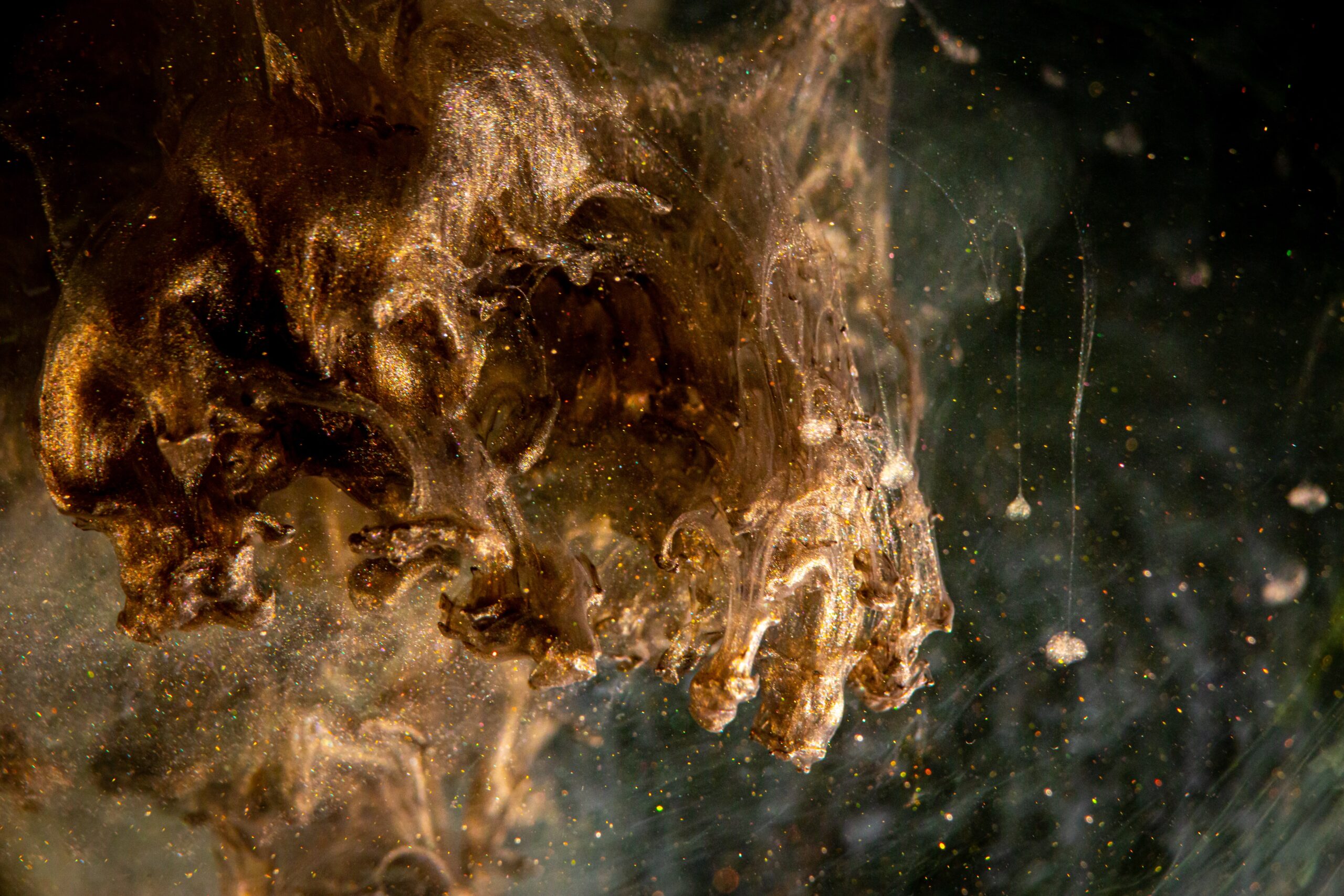The scene is surreal and I’m doing my best to keep my composure. The moment I hear that my daughter was taken by a stranger is when full-blown panic seems the most appropriate response. Indeed it surges momentarily within me, then a calm assurance envelopes me, with a confidence that she is safe.
This is not normal, I conclude. It must be divine. There have been times I have sensed God’s perfect peace that passes understanding wash over me in the middle of intense stress. This, again, is one of those times.
“Go find your sister,” I say to the son nearest me. Then I turn my attention back to Mike, who is still convulsing.
I am caught in an oxymoron of time: everything is happening fast in slow motion. Why is he still seizing? He was perfectly healthy five minutes ago. Why is he having a seizure in the first place? I ask for someone to please call a doctor. Someone calls the Cruz Roja (Red Cross). His convulsions stop, but he remains unconscious.
A woman kneels down next to me and grabs Mike’s hand. She holds a syringe, filled with a clear liquid, and attempts to find a vein. I ask her what she is doing; I can’t understand her reply. Then a curious thing happens. Though unconscious and still unable to hear me calling him, Mike is somehow aware of the pain from the attempted needle jabs in his hand. He moans and pulls his hand away. I will find out later that he was never cognizant of that fact and will have no memory of it happening. I ask the lady if she is a doctor or a nurse. She says no, but attempts to defend her actions anyway. I pull Mike’s hand away from her and tell her we don’t need her help. Screwballs, even well-intentioned ones, are not welcome at a time like this.
In the meantime, someone runs to the pharmaceutical section of the store, grabs packages of gauze off the shelf, and returns. Ripping them open, he kneels down, picks Mike’s head up from the bloody, dirty floor, and presses the gauze on the wound.

Ten minutes later, the Cruz Roja arrives, bringing in a stretcher. Let me rephrase that: the driver of a white van with a red cross painted on its side, arrives, alone, with a crude stretcher. Where is the medical box filled with first aid materials? There should be two paramedics at least, no? Is this how an emergency plays out in a third-world country?
With the help of two male bystanders, the driver of the white cargo van with a red cross painted on the side picks Mike off the floor and scoots him onto the gurney, clumsily. Then he is having difficulty extending it to its full height, jostling my husband. My hands instinctively and instantly reach out to grab Mike and keep him from rolling over the side, since there are no straps to hold him securely in place. The two other men do the same. Together, we keep my unconscious husband firmly on the gurney, which is still bumping up and down.
Is this guy even a paramedic? I wonder. He doesn’t even have a uniform! I’m disenchanted with the way this reality is playing out. I blame that sentiment on ER and other medical TV shows, where these types of scenarios are carried out in flawless synchronization.
Meanwhile, I receive the news that Joey, our second son, has found Katie and is with her. If any comic relief can be found in this story, it is this: Katie is now seated at a food counter on the other side of the store eating gorditas.

We will never discover who the lady was that took her, though Katie will later tell us that she remembers standing there crying at the sight of her daddy bleeding on the floor when an older woman reaches down, takes her hand, gently turns her away from the scene, and begins speaking softly to her as she leads her around the store. An abuela. Perhaps an angel? Whether real or figuratively so, yes, an angel, sent from God to help soothe a child’s heart, wipe her tears, and distract her with food.
Mike is ready to be wheeled out to the ambulance-looking vehicle. I’m not sure where they are taking him, as I’ve never been to a hospital in that city. I know with certainty I must not leave him alone. I am torn, however, for going with him means leaving my kids at the store.
Stranded.
In shock.
Thirty miles from home.
Alone.
What I want to do is stop this crazy world from spinning, hug my kids, and have a good cry. But that must wait. I quickly tell my oldest son, “I’m sorry – I have to go with dad. Take your siblings over to the Gordita stand, keep an eye on them, and someone will come for you.” I honestly have no idea who that will be, or how long they will have to wait there.
I walk out the door, my kids watching me, their eyes wide, brows furrowed, and tears streaming down their faces.
I am leaving them. I AM LEAVING THEM!
Without a cell phone. Without any answers. Without knowing if their dad will live or die. I leave them to face this swirling ugly trauma on their own, in the middle of a dusty town somewhere in the Chihuahua Desert of Mexico. What kind of mother am I?
The crisis is far from over.
________________________________________________________________________
Part Three coming soon. This was not easy to write originally. Editing it now is equally difficult, as it takes me back to that ordeal. But it is part of our story, and the good news, in the end, is that God is faithful even in the storm. Stay tuned.



